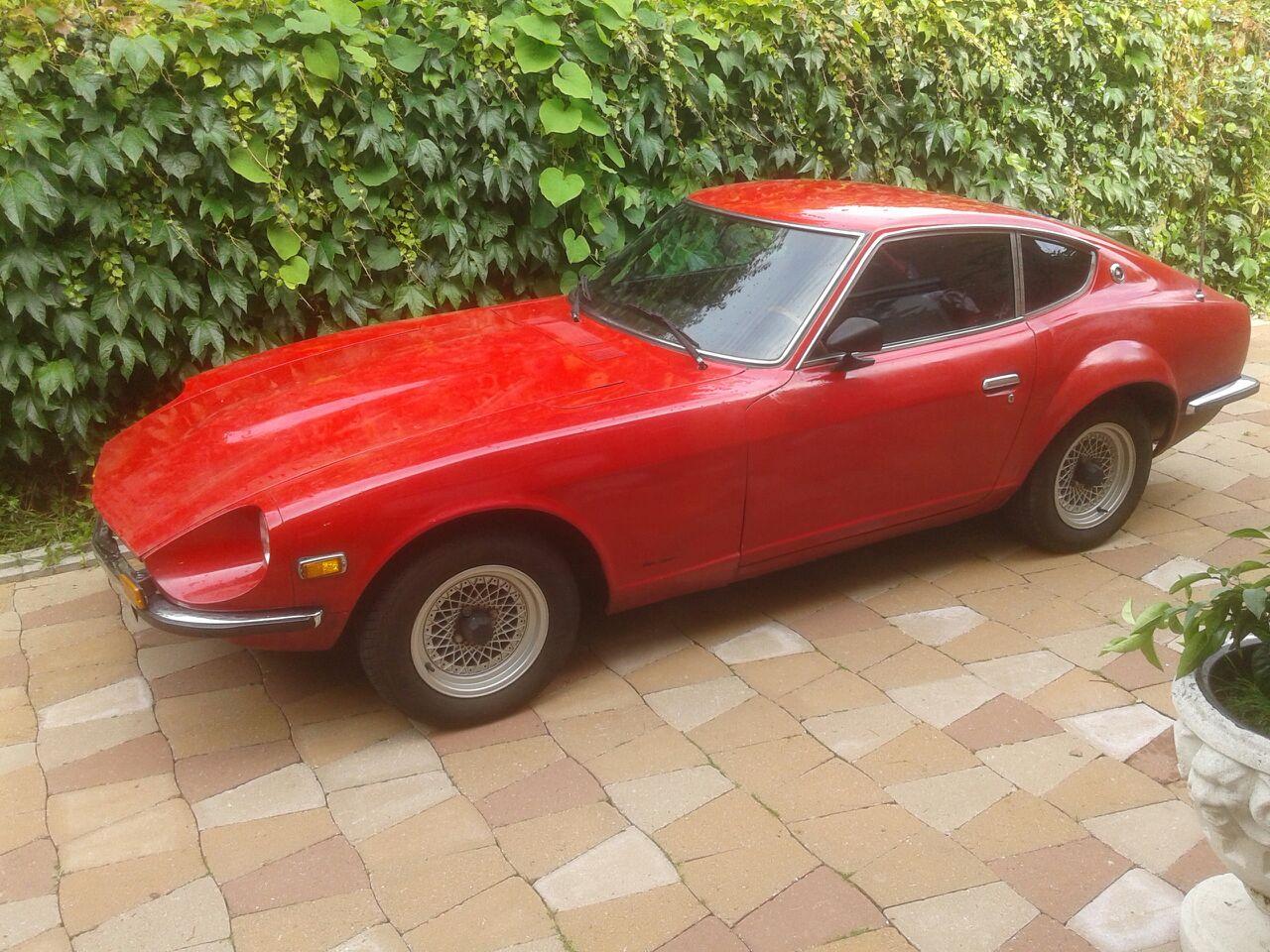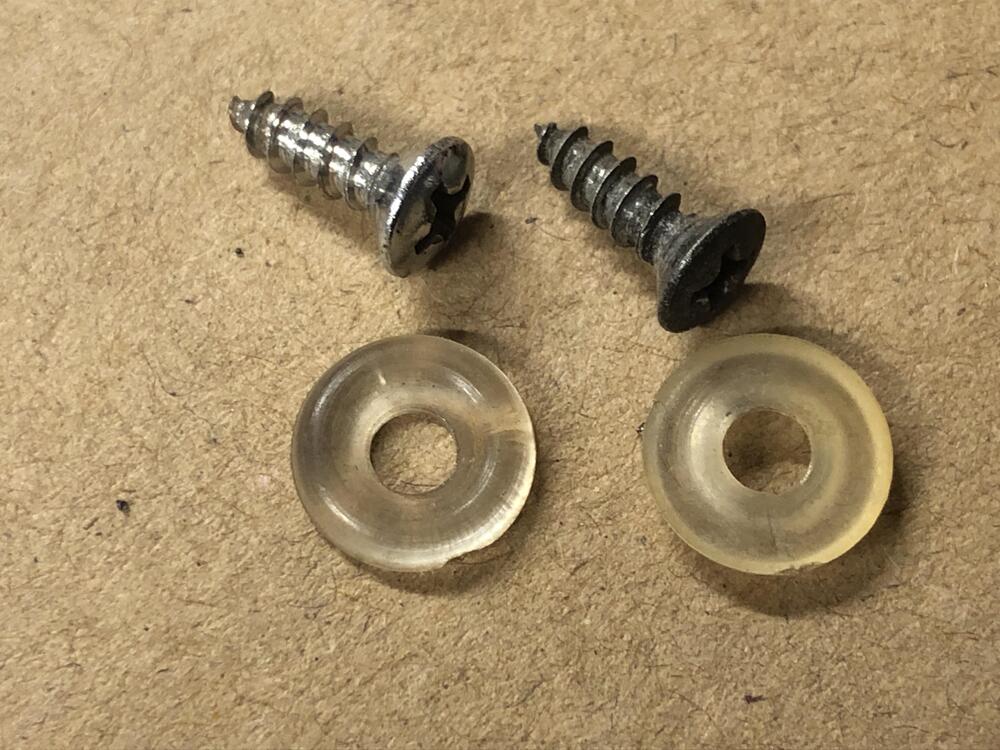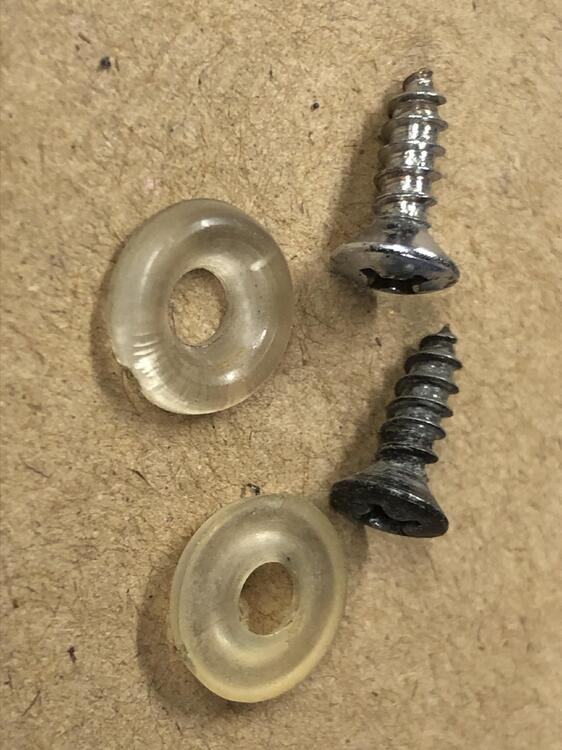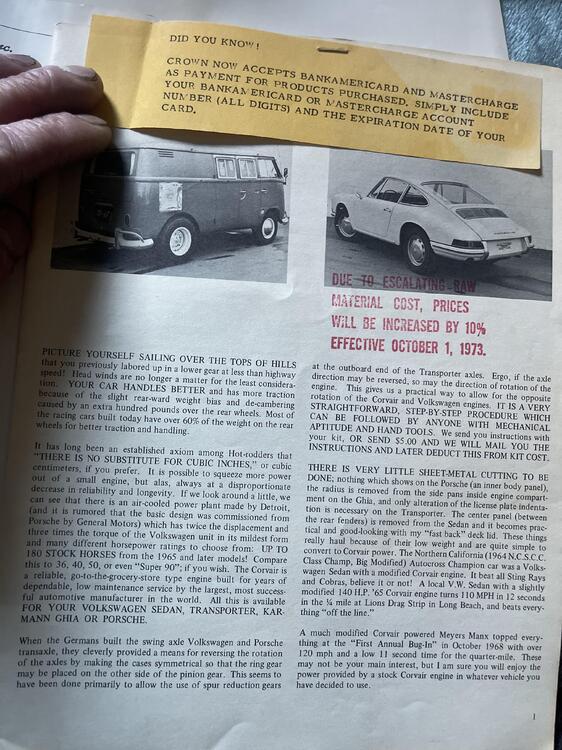Final update: the afm wasn't sticking per-say but there was a fair bit of play in the flap/wiper-arm, so I'm guessing one of the bushings inside the device has had it. It's possible that 'lean boot' was the car starting with the arm not in the right spot because of the flap/wiper-arm play (you could move it forward/back a good quarter inch). I completely made that up but sounds feasible to me.
THAT SAID, I got a different afm without that issue and retuned it with the gauge and no lean-boot issues so far (knock on wood). This AFM was unmolested and even still had the cover factory-glued shut and the plug in the idle enrichment hole. Knowing that AFM was tuned to factory spec allows me to do this:
Steps to tune a 280z without an air fuel gauge:
- Be sure your AFM is sitting at factory configuration - if the cover is glued on that's a good indication its factory (if this isn't the case, get one that is or an air fuel gauge)
- Be sure your engine does not have any vacuum leaks (smoke test it)
- Disconnect your altitude sensor under the dash (if your car came with one)
- Disconnect your EGR vacuum hose and cap it (the stock afm configuration is based on that being connected I think). Cap your carbon canister line too if you'd like although the amount of air coming in from that compared to EGR is trivial and barely changes the readings at all.
- Be sure your coolant temp sensor's (efi one not the temp gauge one) resistance tests within factory spec in the FSM (the temp sensor changes mixture richness so that needs to be operating properly for this to work)
- Check that your TPS is in spec by following this guide
- Take the cap off your throttle position sensor (TPS) and GENTLY bend the WOT arm away from the middle arm by the base NOT THE TIP (like in the pictures in previous pages) BE CAREFUL. Datsun built the arms very close together so the car will default to running richer because they couldn't configure the engines like this at the time. In my case, anything over 1/4 pedal pressure had the TPS tell the car computer to use WOT enrichment.
- With the engine running and using a multimeter (or good eyes), have someone hold the engine at highway speed rpm (4k?) and be sure that the TPS arm is not touching either of the other arm contacts (this is highway cruise mode)
- Now, mark your AFM's black gear's current position then turn the black gear forward (clockwise) 4 teeth (the idle enrichment screw does not need to be touched)
- If you did all of those (especially the TPS adjustment and have no vacuum leaks) then your car SHOULD idle between 13.8 and 14.2 and have a highway cruise of 14.7 (5th gear ~3800 rpm at 65mph)
NOTE: this is with an engine with no vacuum leaks and tuned to factory spec (valves, timing, etc) according to the "ET" chapter of the FSM. All efi connectors have been cleaned according to this list. These are the steps I followed over the past year and should work on all 280z engines within factory spec but I am not responsible if it does not work for you and something negative happens. At the end of the day, these cars were tuned to run rich out of the factory because running too rich won't destroy the engine, running too lean will but getting it just right like this is a pleasure. Datsun didn't have the ability to test the engine running as a unit this precisely - they could only test each sensor before it went in and smell the tail pipe as there were no wideband o2 sensors in the 70s for this use if at all. Getting an o2 sensor to do this or even confirm your work is highly recommended, but if you don't want to, then follow these steps.
 Subscriber
Subscriber 5Points2,734Posts
5Points2,734Posts



















